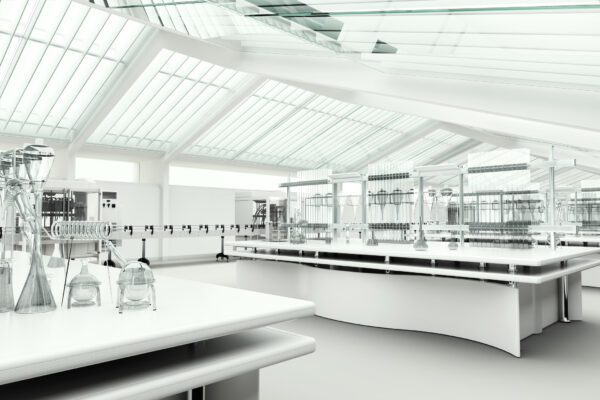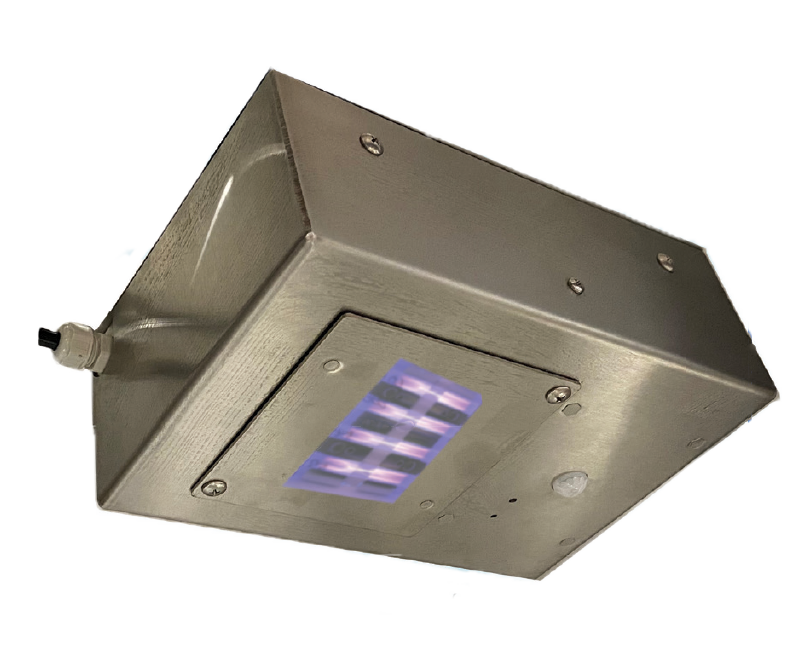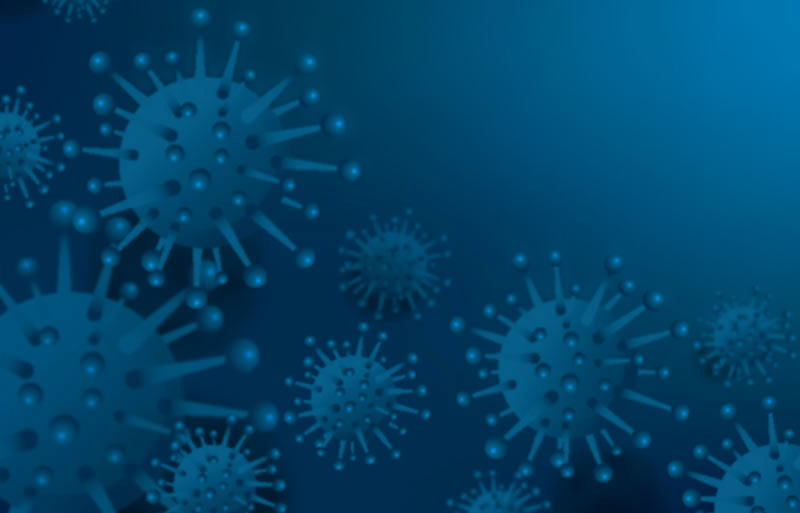Checking Out UV Sanitation: A Necessary Device in the Battle Against Damaging Virus
As the globe deals with an ever-increasing risk from harmful pathogens, the search for efficient techniques of disinfection has actually become an urgent priority. One such method that has amassed considerable attention is UV sanitation. In this discussion, we will delve into the globe of UV sanitation, uncovering its possible as an essential tool in the fight versus harmful pathogens.
Just How Does UV Sanitation Work?
UV disinfection works by utilizing ultraviolet (UV) light to eliminate dangerous virus and prevent their spread. This highly effective technique entails using UV radiation to interfere with the DNA and RNA of bacteria, rendering them not able to duplicate and creating their supreme destruction.
When UV light is made use of for sanitation, it is usually discharged from a light or bulb that produces a specific wavelength of UV-C light. uv surface disinfection. This wavelength, ranging from 200 to 280 nanometers, is specifically efficient at permeating the outer cell wall of microorganisms, infections, and various other microorganisms. When inside the cell, the UV radiation targets and damages the hereditary product, stopping the bacterium from triggering and duplicating infection
UV disinfection systems are designed to emit the ideal strength and period of UV light to ensure reliable microorganism elimination. The dosage of UV light needed for disinfection depends on factors such as the kind of bacterium, its resistance to UV radiation, and the specific application. In addition, the system should be very carefully engineered to make sure appropriate exposure of the target pathogens and to avoid any kind of potential injury to people or the environment.
The Advantages of UV Sanitation
UV sanitation uses a multitude of advantages in successfully getting rid of hazardous virus and reducing the danger of infection. One of the primary advantages of UV disinfection is its ability to supply a chemical-free and ecologically friendly remedy. Unlike conventional disinfection techniques that depend on chemicals, UV sanitation makes use of ultraviolet light to ruin the DNA and RNA of microbes, providing them incapable to replicate and cause infections. This chemical-free strategy makes sure that no dangerous deposits are left behind, eliminating any kind of possible wellness dangers linked with chemical anti-bacterials.
An additional significant advantage of UV sanitation is its effectiveness in eliminating a vast array of microorganisms. UV light has been confirmed to effectively get rid of microorganisms, viruses, fungis, and protozoa, consisting of those that are resistant to conventional disinfectants. This broad-spectrum performance makes UV disinfection a flexible tool in different settings, such as medical care centers, water treatment plants, and food processing industries.
In enhancement to its effectiveness, UV sanitation likewise supplies quick sanitation cycles. Unlike various other methods that need extended get in touch with times or repetitive applications, UV sanitation can achieve substantial pathogen decrease immediately. This quick and reliable process enables for enhanced productivity, minimized downtime, and increased overall operational efficiency.
Furthermore, UV disinfection is a non-contact technique, which suggests that it does not call for straight physical contact with the things or surfaces being disinfected. This function makes it appropriate for usage on fragile tools and sensitive products that might be harmed or influenced by other disinfection techniques.
Applications of UV Disinfection in Medical Care

UV sanitation is also made use of in the sterilization of medical devices and instruments. Furthermore, UV sanitation is utilized in water treatment systems within medical care centers.
Furthermore, UV disinfection innovation is utilized in the sanitation of medical care attires and individual safety equipment (PPE) By utilizing UV light, medical care specialists can ensure that their uniforms and PPE are without virus, stopping the transmission of infections in between individuals these details and healthcare employees.
UV Sanitation in Public Spaces
Public areas are increasingly applying UV disinfection innovation as a critical step to fight the spread of hazardous virus. With the continuous international pandemic and the constant risk of infectious conditions, the need for effective sanitation techniques in public areas has ended up being critical. UV disinfection uses a reliable and reliable solution hereof.

UV disinfection systems utilize ultraviolet light to shut off the DNA and RNA of germs, viruses, and various other microorganisms. The usage of UV sanitation innovation in public rooms not just helps in reducing the danger of infection but additionally instills self-confidence amongst the public concerning their safety.
As public spaces proceed to adjust to the challenges positioned by contagious illness, UV sanitation technology plays a vital role in making sure a safe and clean setting. By implementing such steps, public areas can successfully minimize the spread of damaging virus and add to the general wellness of the community.
The Future of UV Sanitation Modern Technology
As the demand for boosted sanitation methods remains to grow in reaction to the ongoing international pandemic and the constant danger of contagious diseases, the future of UV sanitation modern technology holds promising innovations in ensuring even much more effective and effective microorganism obliteration in various settings.

One location of improvement is the advancement of more portable and compact UV sanitation tools. Additionally, improvements in automation and robotics are being discovered to boost the performance and efficiency of UV disinfection processes.
One more location of expedition is the use of UV sanitation in air filtration systems. By integrating UV-C lights right into a/c systems, airborne Click Here microorganisms can be efficiently counteracted, decreasing the danger of transmission in interior environments.
In addition, researchers are investigating the usage of UV disinfection in food handling facilities to guarantee the safety and high quality of food. UV-C light has actually been discovered to be reliable in eliminating foodborne microorganisms, supplying a chemical-free alternative to typical disinfection approaches.
Final Thought
In final thought, UV sanitation is an essential device in the battle against dangerous virus. With its capacity to offer a eco friendly and chemical-free approach of sanitation, UV innovation holds great potential for the future.
UV sanitation systems are developed to release the appropriate strength and period of UV light to make certain effective microorganism elimination. The dosage of UV light needed for disinfection depends on variables such as the type of microorganism, its resistance to UV radiation, and the certain application. Unlike traditional sanitation methods that count on chemicals, UV disinfection uses ultraviolet light to ruin the DNA and RNA of microbes, providing them not able to recreate and trigger infections.In addition to its efficacy, UV sanitation likewise supplies rapid disinfection cycles. One of the major applications of UV disinfection in health care is in the sanitation of individual spaces and running movie theaters.